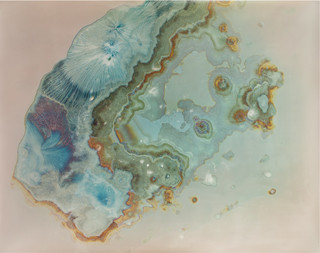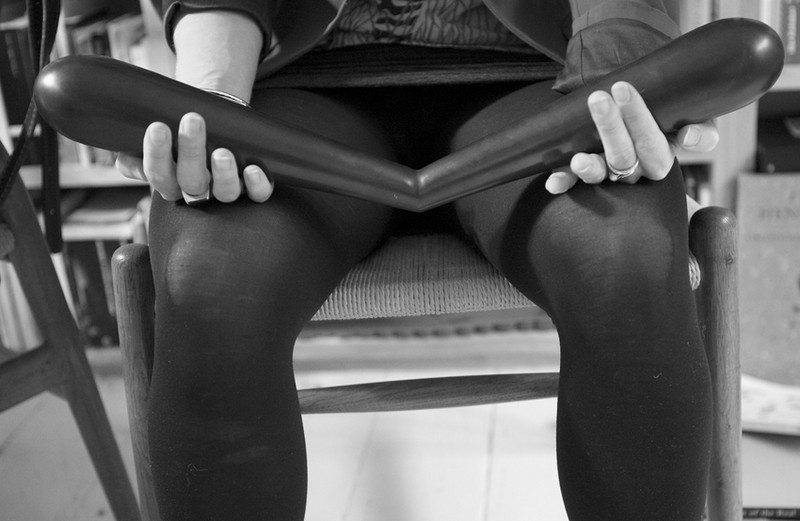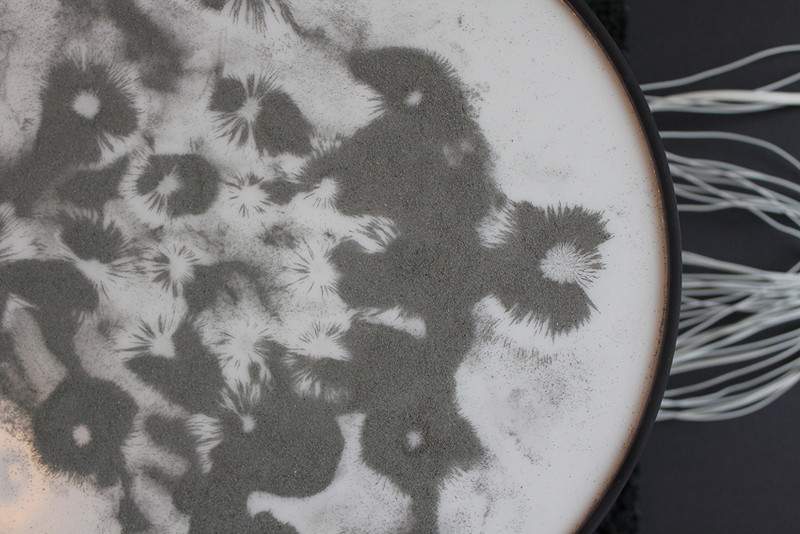It Is Only a State of Mind
23 Nov 2013 - 02 Feb 2014

Sarah Schönfeld: "All You Can Feel" (MDMA), Ongoing series "All You Can Feel", 2012, Analogue C-Print
Annie Goh, João Maria Gusmão & Pedro Paiva, Michal Heiman, Joachim Koester, Ofri Lapid, Susan MacWilliam, Matt Mullican, Lea Porsager, Patrick Rieve, Sarah Schönfeld, Rosemarie Trockel, Ute Waldhausen
What constitutes reality? The exhibition "It Is Only a State of Mind" focuses the experiment as a mode of exploring the inexplicable and the uncertain. Heidelberger Kunstverein and RealismusStudio in Berlin have joined forces to present twelve international artistic positions which investigate the thresholds of science through experiments of their own.
At the heart of the exhibition is the question of how much our "state of mind", and the patterns of perception and perspectives thar arise from it, shape our assessment of what is real. The exhibiting artists direct our focus to the subjective and subconscious.
American artist Matt Mullican, for example, has been conducting self-experiments under hypnosis since the 1970s. The installation "Room (No. 7)" presents statements by Mullican ́s other ego, "that other person", written onto long stretches of fabric. These are investigations into his own and yet unknown self with which Matt Mullican seeks to understand the world.
For her latest project "How to Program and Use T - F" (2013), Danish dOCUMENTA artist Lea Porsager took part in a séance with a Lithuanian medium. She then translated the thoughtforms that revealed themselves to her into bronze sculptures.
Northern Irish artist Susan MacWilliam is also interested in exploring the paranormal. Her videos, photographs and installations deal with researches and eyewitness of supernatural phenomena.
Realised as experiments and propositions, the works in the exhibition ask questions about what makes us believe and what we are prepared to believe. They steer our attention towards mystical, spiritistic object of investigation, or challenge areas of psychological research. The artistic experiment can operate far more freely than its strictly scientific counterpart; it is not obliged to follow a fixed form, deliver measureable results or be repeatable. This open approach holds the potential for moving away from prescribed pathsand entering uncharted periphery realities and poetic realities - to create new truth.
What constitutes reality? The exhibition "It Is Only a State of Mind" focuses the experiment as a mode of exploring the inexplicable and the uncertain. Heidelberger Kunstverein and RealismusStudio in Berlin have joined forces to present twelve international artistic positions which investigate the thresholds of science through experiments of their own.
At the heart of the exhibition is the question of how much our "state of mind", and the patterns of perception and perspectives thar arise from it, shape our assessment of what is real. The exhibiting artists direct our focus to the subjective and subconscious.
American artist Matt Mullican, for example, has been conducting self-experiments under hypnosis since the 1970s. The installation "Room (No. 7)" presents statements by Mullican ́s other ego, "that other person", written onto long stretches of fabric. These are investigations into his own and yet unknown self with which Matt Mullican seeks to understand the world.
For her latest project "How to Program and Use T - F" (2013), Danish dOCUMENTA artist Lea Porsager took part in a séance with a Lithuanian medium. She then translated the thoughtforms that revealed themselves to her into bronze sculptures.
Northern Irish artist Susan MacWilliam is also interested in exploring the paranormal. Her videos, photographs and installations deal with researches and eyewitness of supernatural phenomena.
Realised as experiments and propositions, the works in the exhibition ask questions about what makes us believe and what we are prepared to believe. They steer our attention towards mystical, spiritistic object of investigation, or challenge areas of psychological research. The artistic experiment can operate far more freely than its strictly scientific counterpart; it is not obliged to follow a fixed form, deliver measureable results or be repeatable. This open approach holds the potential for moving away from prescribed pathsand entering uncharted periphery realities and poetic realities - to create new truth.


